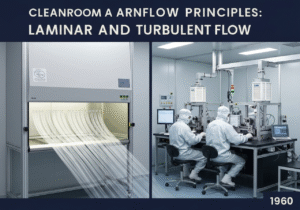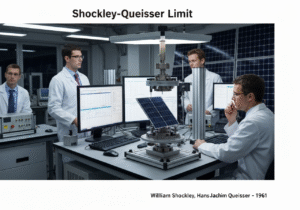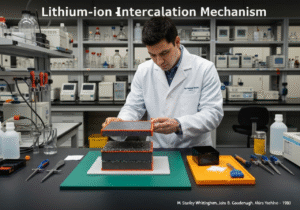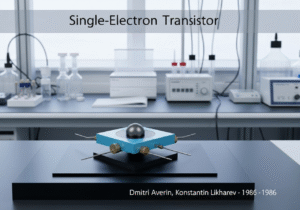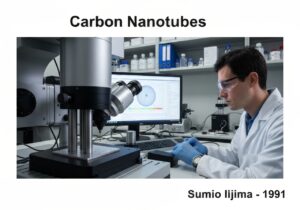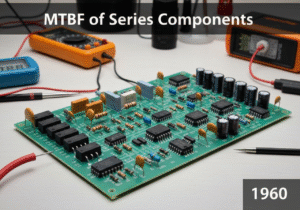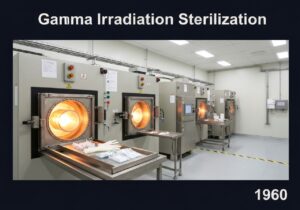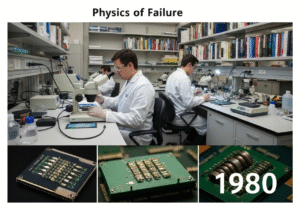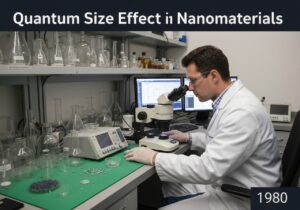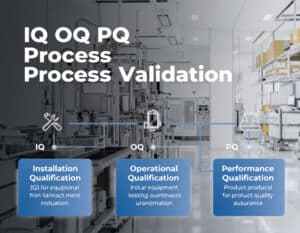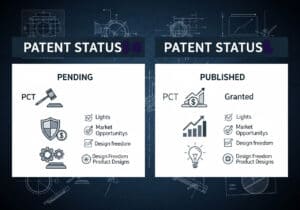This is our latest selection of worldwide publications and patents in english on Large Language Models (LLM), between many scientific online journals, classified and focused on large language model, LLM, generative pre-trained transformer, pre-training, transformer architecture, gradient descent, GPT, tokenization, generative model, self-attention mechanism, masked language model and MLM.
Patents: no recent patent on this particular topic. Please try the extensive manual search in the Patents Database linked just above.
Improving Probability-based Prompt Selection Through Unified Evaluation and Analysis
Published on 2024-05-25 by Sohee Yang, Jonghyeon Kim, Joel Jang, Seonghyeon Ye, Hyunji Lee, Minjoon Seo @MIT
Abstract: Previous works in prompt engineering for large language models have introduced different gradient-free probability-based prompt selection methods that aim to choose the optimal prompt among the candidates for a given task but have failed to provide a comprehensive and fair comparison between each other. In this paper, we propose a unified framework to interpret and evaluate the existing probability-based prompt selection methods by performing extensive experiments on 13 common and diverse NLP ta[...]
Our summary: Evaluation of probability-based prompt selection methods through unified framework, Improving prompt selection effectiveness through combinatorial variants of mutual information, Introducing Calibration by Marginalization method for unbiased prompt selection, Achieving high performance in prompt selection without calibration by maximizing mutual information.
prompt selection, probability-based, unified evaluation, analysis, NLP tasks
Publication


